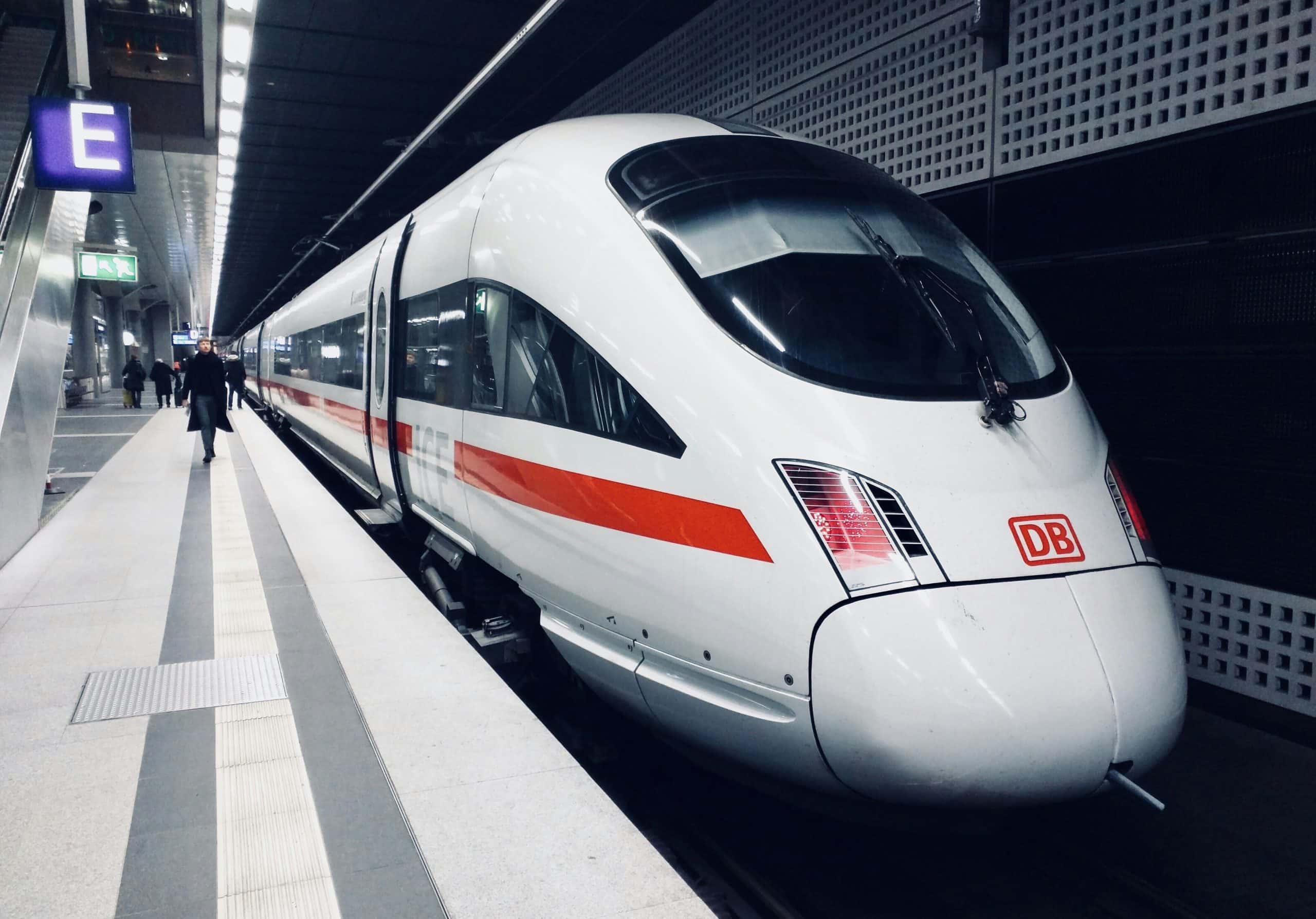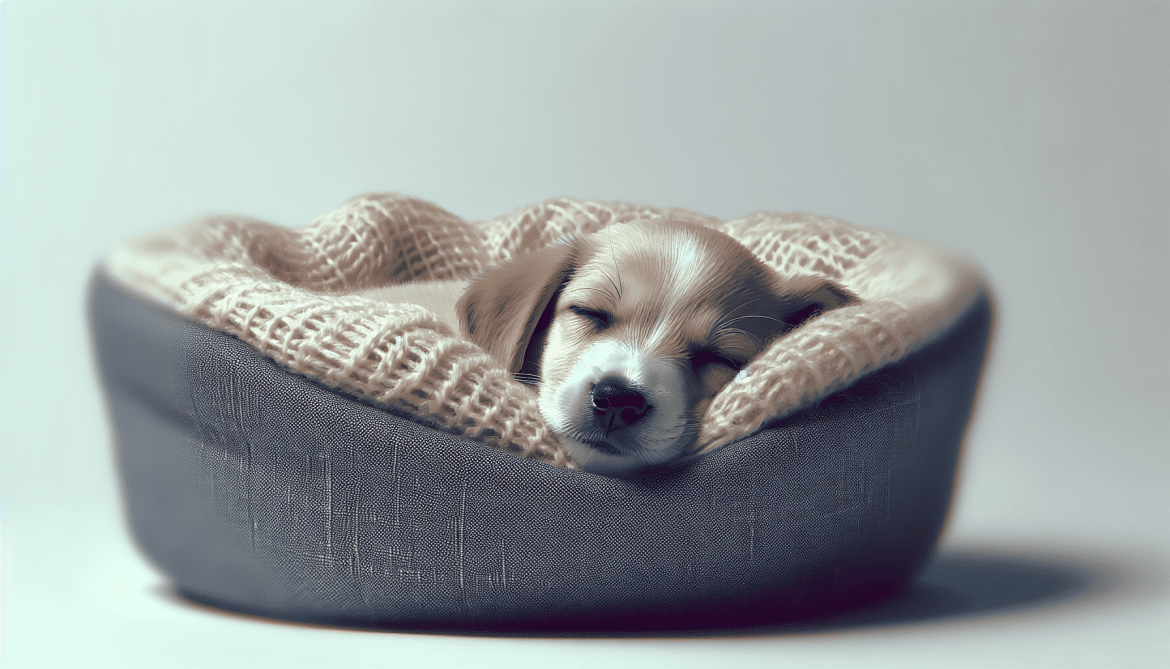Ah, the joy and chaos of having a playful little ball of fluff known as a puppy! We all adore those energetic bundles of fur, but let's face it, sometimes we yearn for the day when they finally reach their mellow phase. It's that magical time when their wild antics calm down, and they become a bit more relaxed and well-behaved. But when exactly does this coveted mellow phase kick in? Well, fret not, dear friend, because in this article, we will delve into the world of puppies and discover when these adorable creatures tend to mellow out. From the time they spend zooming around the house like race cars to the moment they prefer a cozy cuddle on the couch, we'll uncover the secrets behind their transition into serene companionship. Stay tuned to find out when your furry friend will finally reach their mellow phase!
Newborn Stage
Physical and Behavioral Characteristics
During the newborn stage, puppies are incredibly small and fragile. They typically weigh around 1 to 1.5 pounds and are completely dependent on their mother for nourishment. Their ears and eyes are closed, and they are unable to regulate their body temperature. As newborns, puppies spend most of their time sleeping, but when they are awake, they may display little movement or activity.
Sleep Patterns
Newborn puppies sleep for the majority of the day, up to 90% of the time. Being asleep is essential for their growth and development. They have short bursts of wakefulness and will intermittently wake up to nurse and eliminate. It is crucial not to disturb their sleep during this stage as it is vital for their overall well-being.
Feeding and Nutritional Needs
Newborn puppies rely solely on their mother's milk for nutrition. Their mother's milk provides them with essential antibodies that help boost their immunity. It is important to ensure that the mother dog has a nutritious diet during this time to pass on the necessary nutrients to her puppies through her milk. If a puppy is not able to nurse from its mother, a veterinarian should be consulted to determine the appropriate replacement formula to ensure the puppy receives proper nutrition.
Transitional Stage
Developmental Changes
The transitional stage occurs when puppies are around 2 to 4 weeks old. During this time, their eyes and ears begin to open, and they start to become more aware of their surroundings. They will also start to develop their sense of smell. Puppies in this stage may begin to exhibit some basic motor skills like crawling and attempting to stand.
Socialization
Socialization is crucial during the transitional stage. It is important to expose the puppies to various stimuli, such as different sounds, scents, and gentle handling. This helps them become more comfortable and adaptable to different environments and situations as they grow older. Introducing them to positive interactions with humans and other animals at this stage will contribute to their overall social development.
Basic Training
Basic training during the transitional stage involves simple commands like sit, stay, and come. This early training helps build a foundation for future training and establishes boundaries for the puppies. Using positive reinforcement techniques, such as treats and praise, can encourage puppies to learn and respond to commands.

This image is property of images.unsplash.com.
Juvenile Stage
Physical Development
The juvenile stage typically begins around 4 to 6 months of age and lasts until the dog reaches sexual maturity. During this stage, puppies experience significant growth and physical changes. They may go through a growth spurt and start to develop their adult coat. Their energy levels may also increase, and they may become more active.
Mental Development
In addition to physical changes, puppies also experience mental development during the juvenile stage. They begin to show increased curiosity and exploration of their environment. Their problem-solving skills and learning abilities also improve during this time. Mental stimulation through interactive toys, puzzles, and training exercises is beneficial for their mental development.
Training and Socialization
Continued training and socialization are vital during the juvenile stage. Building on the basic training from the transitional stage, more complex commands and behaviors can be introduced. This stage is crucial for reinforcing good behavior, teaching impulse control, and reinforcing proper social interactions with other animals and people.
Adolescent Stage
Puberty and Hormonal Changes
The adolescent stage marks the onset of puberty and the accompanying hormonal changes. Typically occurring between 6 to 18 months of age, male dogs will begin to lift their leg while urinating, and female dogs may experience their first heat cycle. Hormonal changes during this stage can sometimes lead to behavioral challenges such as increased territoriality or aggression.
Boundary Pushing Behavior
As puppies go through adolescence, they may start pushing boundaries and testing their limits. This behavior is a natural part of their development as they explore their independence. It is important to maintain consistent boundaries, reinforce positive behavior, and address any undesirable behavior promptly and with positive reinforcement training techniques.
Continued Training and Socialization
Training and socialization should continue throughout the adolescent stage to solidify good behavior and reinforce positive interactions. Continued exposure to new environments, people, and animals helps prevent the development of fear or aggression issues. Training during this stage should focus on enhancing impulse control, reinforcing obedience commands, and addressing any behavioral issues that may arise.
This image is property of images.unsplash.com.
Young Adult Stage
Maturity and Stability
The young adult stage typically occurs between 1 to 3 years of age. By this stage, dogs have reached physical maturity and have developed more stability in their behavior and temperament. They are better equipped to handle various situations and adapt to changing environments.
Behavioral Predictability
During the young adult stage, dogs become more predictable in their behavior. They have settled into their personality traits and exhibit consistency in their reactions to stimuli. This predictability allows dog owners to better understand and respond to their pet's needs.
Refinement of Training
Training during the young adult stage should focus on fine-tuning and refining the dog's skills and behaviors. This stage offers an opportunity to build upon previous training and tackle more advanced commands or tricks. Consistency, positive reinforcement, and patience are key to achieving success in training.
Factors Influencing Maturity
Breed Differences
Different dog breeds reach maturity at varying rates. Smaller breeds tend to mature faster compared to larger breeds. Smaller breeds may reach maturity as early as 1 year old, while larger breeds may take up to 2 or 3 years. It is important to consider breed-specific characteristics and adjust training and expectations accordingly.
Individual Variation
Within each breed, there can be individual variations in the time it takes for a dog to reach maturity. Factors such as genetics, overall health, and early socialization experiences can influence how quickly a dog matures both physically and mentally. Understanding and recognizing these individual variations is essential for tailoring training and socialization approaches.
Environmental Factors
The environment in which a dog is raised also plays a role in their maturity. Dogs raised in a stable and supportive environment with consistent training and socialization opportunities are more likely to mature into well-adjusted and balanced adults. Positive experiences and exposure to different stimuli in their environment contribute to their overall development.
This image is property of images.unsplash.com.
Gradual Calming Process
Progressive Mellowing
As dogs reach maturity, they gradually mellow out over time. The energy levels they displayed as puppies and adolescents start to decrease. They become calmer and more composed in their behavior, allowing them to relax and settle more easily.
Reduced Hyperactivity
One noticeable change during the gradual calming process is a reduction in hyperactivity. Dogs become less prone to excessive jumping, barking, and running around. They are more content with moderate exercise and are less likely to exhibit frantic or overly exuberant behavior.
Increased Emotional Stability
The gradual calming process is accompanied by increased emotional stability in dogs. They become more self-assured, less reactive to minor triggers, and better able to handle stressful situations. Their emotional resilience and ability to cope with various challenges improve as they mature.
Role of Training and Socialization
Positive Reinforcement
Training and socialization play a crucial role in shaping a dog's behavior and overall temperament. Positive reinforcement techniques, such as rewards and praise, help reinforce desired behaviors and encourage dogs to repeat them. Consistent and ongoing training using positive reinforcement creates a strong bond between the dog and their owner.
Consistent Boundaries
Establishing consistent boundaries from an early age and reinforcing them throughout a dog's life aids in their development of social skills and behavioral norms. Clear boundaries provide structure and guidance, helping dogs understand what is expected of them and reducing confusion or anxiety.
Positive Experiences
Positive experiences through socialization contribute to a dog's overall demeanor and behavior. Exposing dogs to a variety of people, animals, and environments in a positive and controlled manner helps build their confidence, reduces fearfulness, and increases their adaptability.
Recognizing Mellow Behavior
Decreased Energy Level
One way to recognize mellow behavior in dogs is through a decreased energy level. Mellow dogs exhibit a more relaxed and laid-back demeanor compared to their younger counterparts. They are content with moderate exercise and are less inclined to engage in high-energy activities.
Improved Focus and Self-Control
Mature dogs demonstrate improved focus and self-control. They are better able to pay attention to their owners and follow commands without getting easily distracted. Their ability to exercise self-control helps them navigate different situations with ease and respond appropriately to their owner's cues.
Relaxed Demeanor
Mellow dogs display a more relaxed demeanor overall. They are less reactive to external stimuli and can remain calm in various environments. They exhibit a sense of serenity and can handle different social interactions without becoming overly excited or anxious.
Conclusion
Understanding the various stages of a dog's life is essential for dog owners to provide appropriate care, training, and socialization. From the newborn stage to the young adult stage, puppies go through significant physical and behavioral changes. By recognizing and accommodating these changes, owners can help their dogs develop into well-rounded and balanced adults. Through positive reinforcement, consistent boundaries, and continued socialization, dogs can reach their mellow phase, displaying decreased energy levels, improved focus, and a relaxed demeanor. By providing the necessary support, love, and guidance, dog owners can ensure a smooth transition for their furry companions into their mellow phases.




